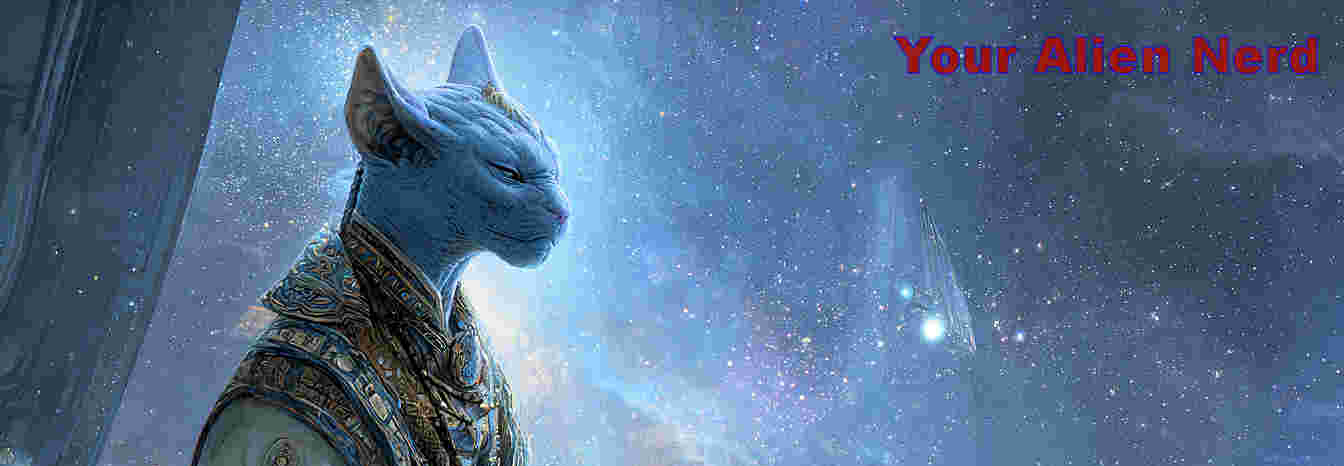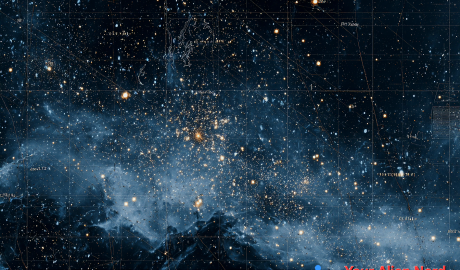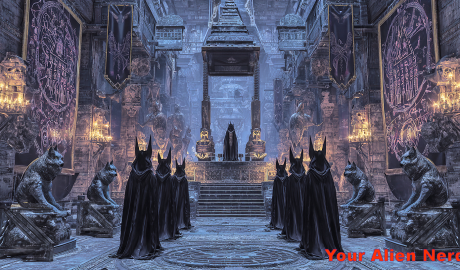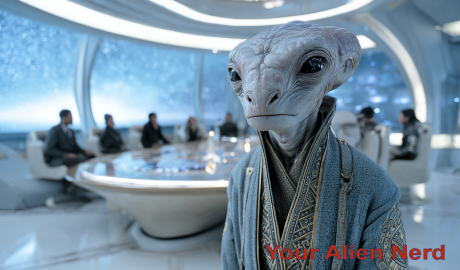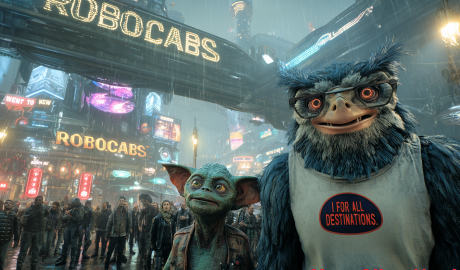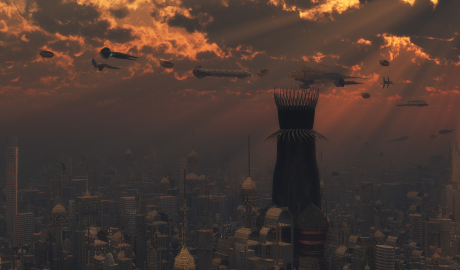THE EMPIRE CAN WAIT – CHAPTER 3, PART 3
Kharl Zisk followed Bai through a maze of dim corridors, descending into the bowels of the Temple. They passed no one but a few droids, each absorbed in some cryptic task. At that hour, most werewolves were prowling the Underworld’s streets. Everywhere lay heaps of refuse—some unrecognizable, all revolting: humanContinue Reading
Missing Stars and Disappearing Galaxies: Cosmic Error or Evidence of Something Greater?
Change is usually slow in the vastness of space, where distances are measured in light-years and events unfold over eons. Stars are born, live, and die across millions or billions of years. Galaxies drift, collide, and evolve over cosmic epochs. But what happens when a star—or even an entire galaxy—vanishesContinue Reading
THE EMPIRE CAN WAIT – CHAPTER 3, PART 2
There is evidence to suggest the Nazis believed in shamanic shape shifting.Morphology is based upon geometric fluctuations conforming to a simplecentralized and relatively stable design, the more sensational aspects of whichwould be a creature like a werewolf. Hitler enjoyed his nickname “Wulf”(Adolf means “noble wolf”), thus the name Wulf’s LairContinue Reading
The Eben Species: Alien Diplomats or Cold Observers?
Among the many alleged alien entities whispered about in conspiracy circles and UFO disclosure lore, few are as enigmatic — or as potentially consequential — as the Ebens. These beings first entered the public imagination through the controversial Project Serpo leaks: a supposed secret exchange program between the U.S. governmentContinue Reading
THE EMPIRE CAN WAIT – CHAPTER 3, PART 1
The horror! The horror! (Joseph Conrad, Heart of Darkness). New Xanadu, coordinates 000.000/000.000/000.000June 29th, 666 GE At 17:56, the Aranui received permission to land and entered the descent corridor. At that hour, the Rhodon IV spaceport was exceptionally crowded. Nevertheless, Kyle had immediately ruled out using a peripheral access point.Continue Reading
Clingy or Caring? Understanding the Needy Cat
Do you have a cat that follows you from room to room, cries when you close the bathroom door, or insists on sitting on your keyboard during every Zoom call? You’re not alone. Many cat guardians find themselves perplexed by their feline’s intense need for attention. But is it clinginess,Continue Reading
THE EMPIRE CAN WAIT – CHAPTER 2, PART 3
Hyperspace, coordinates ******/******/******June 28th, 666 GE Twiglet was down forty-two credits. Arto Wol wasn’t faring much better. He wiped the sweat from his brow and silently cursed himself for inviting the mahjit to join the game. She had looked like easy prey, but… She was maddeningly slow. Painfully cautious. SheContinue Reading
THE EMPIRE CAN WAIT – CHAPTER 2, PART 2
Hyperspace, coordinates ******/******/******June 28th, 666 GE Entering the lounge, Twiglet did her best to look like a harmless tourist. She cautiously glanced around, then ambled toward the bar with an awkward air. Raising one hand, she signaled the bartender. “Makeshi juice — and a deck of cards, please,” she saidContinue Reading

